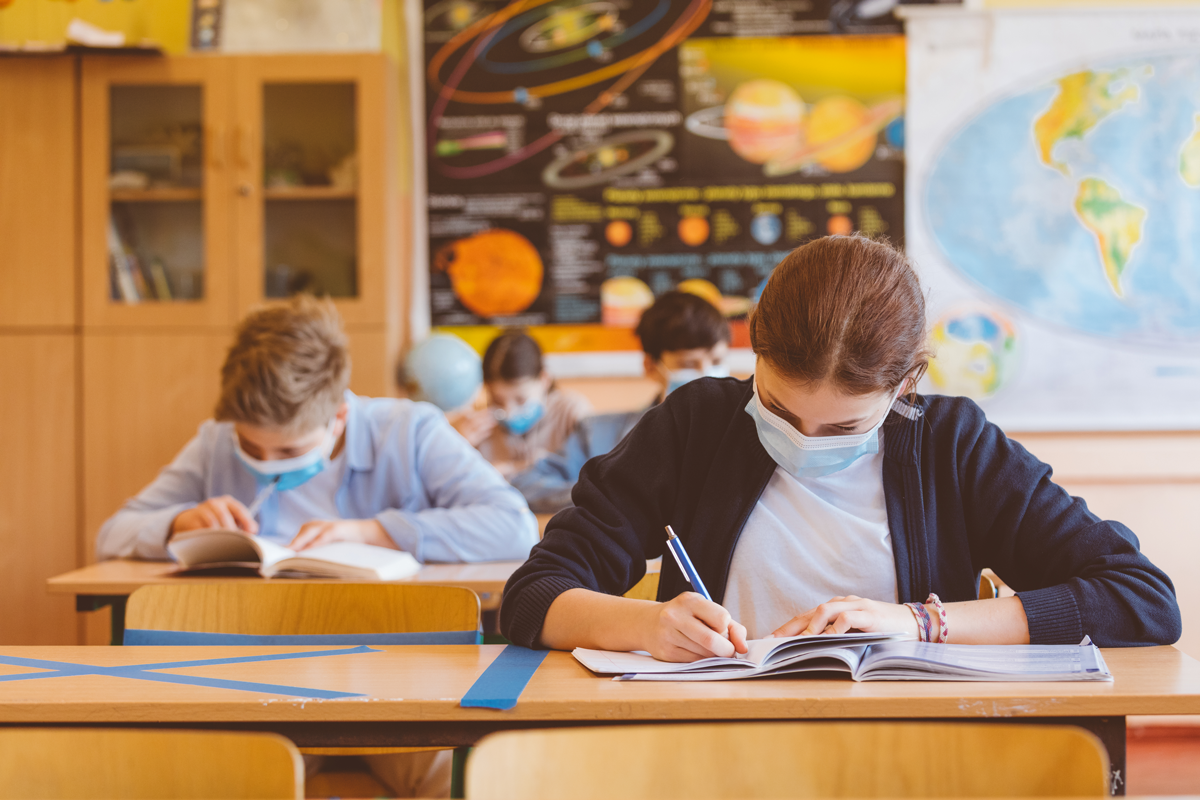The determination of which students will be brought onto school grounds in cohorts during school closures is made at the LEA- and school-level based on the needs of students. The accompanying frequently asked questions document indicates students with disabilities should be prioritized. The document also states that the following groups may be prioritized:
- English learners
- Students at higher risk of further learning loss or not participating in distance learning
- Students at risk of abuse or neglect
- Foster youth
- Students experiencing homelessness
Specialized and targeted support services
Specialized services are determined by LEAs and include but are not limited to occupational therapy services; speech and language services; other medical services; behavioral services; educational support services as part of a targeted intervention strategy or assessments, such as those related to English learner status; individualized educational programs (IEPS) and other required assessments.
Students may receive one-on-one services from qualified adults NOT in the cohort. These additional supports and services must be done individually and cannot be done with other students. Staff who are providing specialized services or targeted support — such as speech or occupational therapy or intensive tutoring — should be assigned to work with students in as few cohorts as possible and must observe appropriate precautions to prevent transmission, including wearing appropriate personal protective equipment, as specified in the industry guidance for Limited Services.
Can schools have more than one cohort?
While cohorts should never mix, schools can have cohorts of students who participate only on certain days or certain times during the day. Proper cleaning must be done in between different cohorts of students occupying the same space. The number of cohorts will depend on the school’s enrollment size and available building capacity. Local school officials — in collaboration with local health departments and school-based staff — should determine the number of cohorts that can be safely established to avoid interactions between cohorts.
In general, given the need for physical distancing and separation of cohorts, the number of students on a given school site should generally not exceed 25 percent of the school’s enrollment size or available building capacity.
Each cohort requires at least one supervising adult and the use of school-based staff may require negotiations with labor partners.
Read the Guidance for Small Cohorts/Groups of Children and Youth
Read the Providing Targeted, Specialized Support and Services at School FAQs





